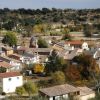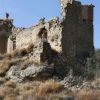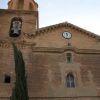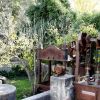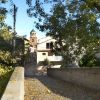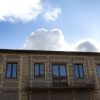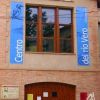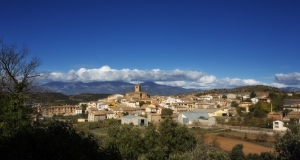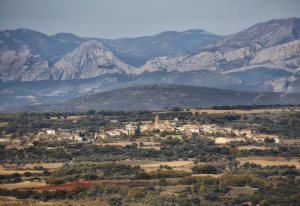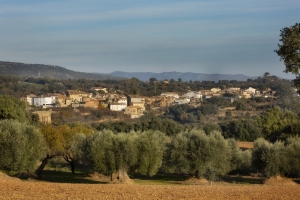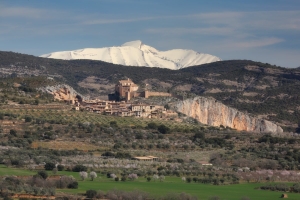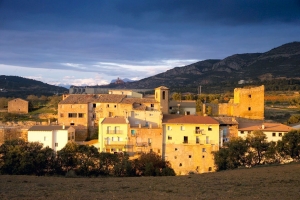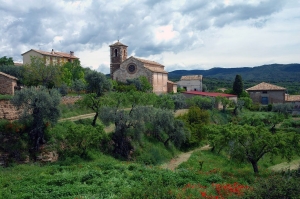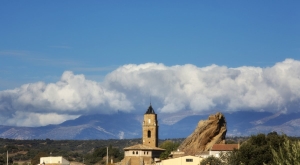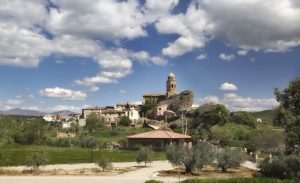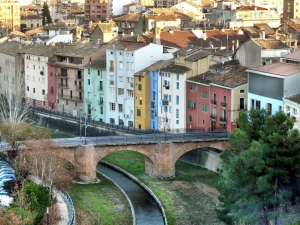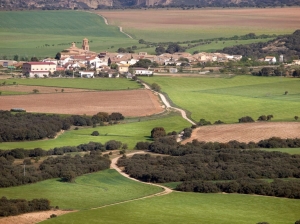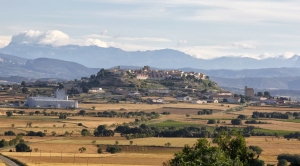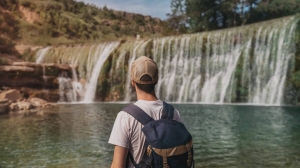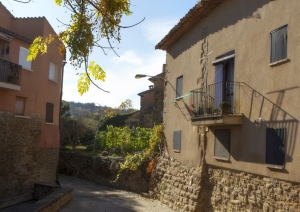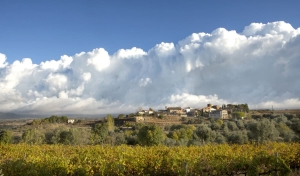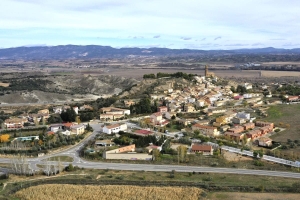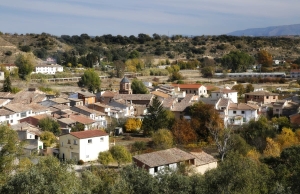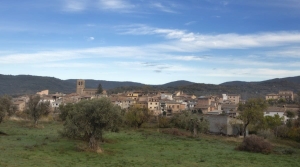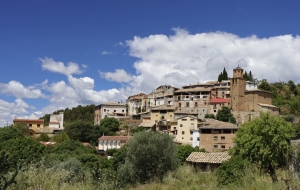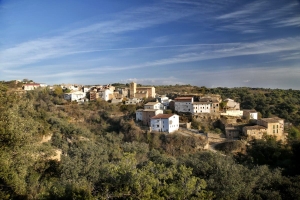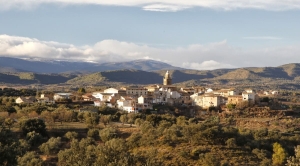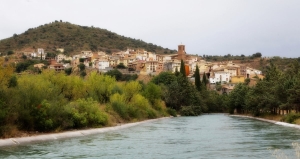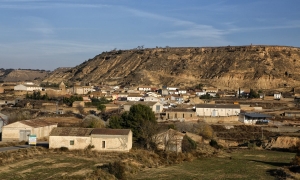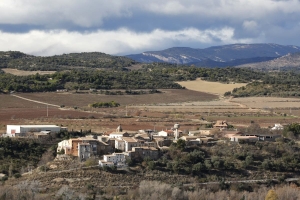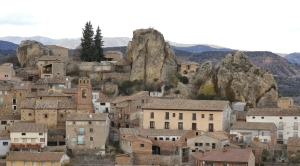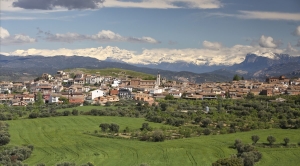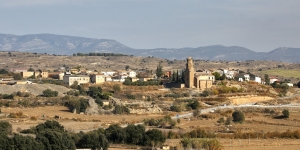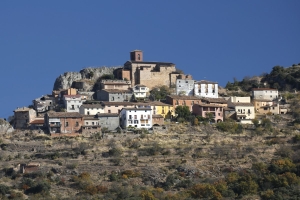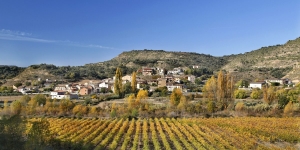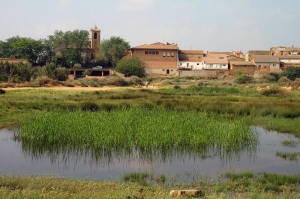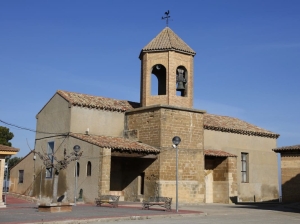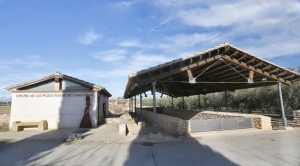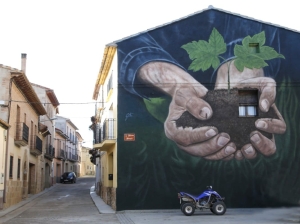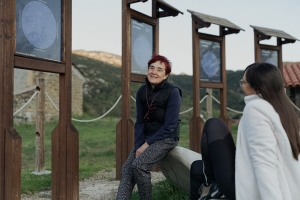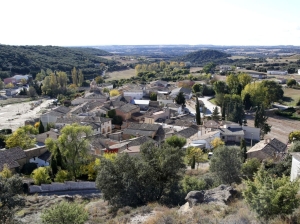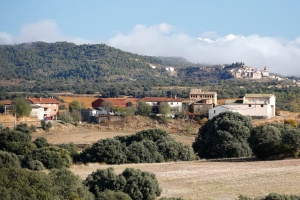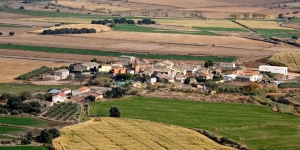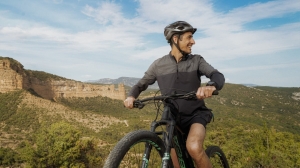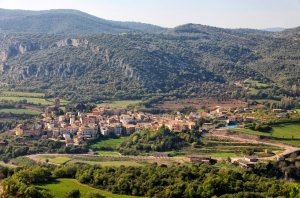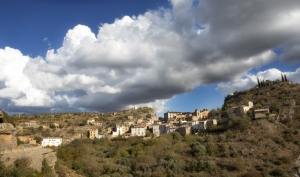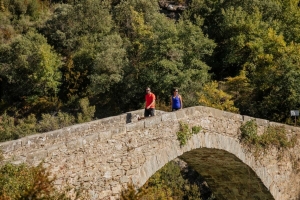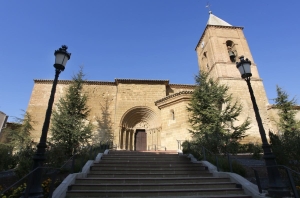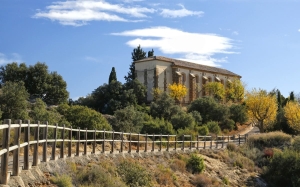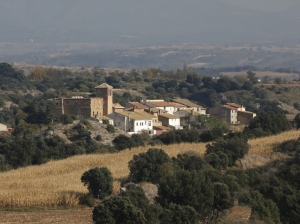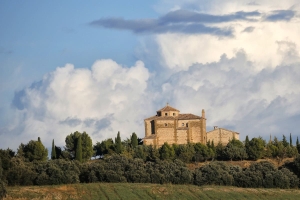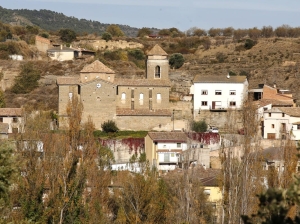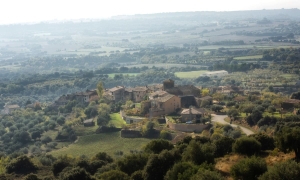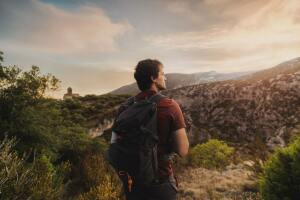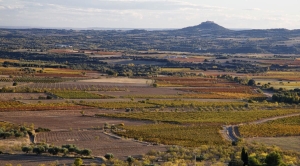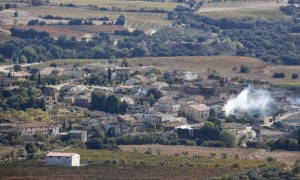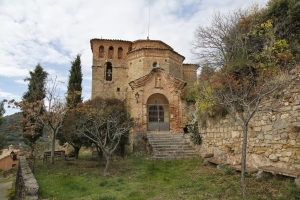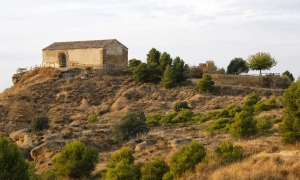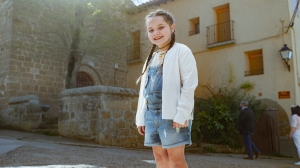For centuries the river has favoured the development of the villages in the region of Somontano, where human settlements date from the pre-historic era to the present day. Iberians, Romans, Moors, Aragonese lords, vassals….
Castillazuelo is one of the few villages within the boundaries of the River Vero Cultural Park and offers a glimpse of history, nature and landscapes dotted with cultivated fields. The village highlights the huge importance of water to the region and its people as well as the ingenuity of man to use it to his advantage.Today Castillazuelo offers new tourist services and modern cultural facilities while continuing to prosper from rich agriculture, successful livestock farming and thriving industrial activity.
The first settlement flourished in the shelter of a medieval fortress, or castillo, from which the village takes its name. It stood on a high crag known locally as Lugar Alto (high place) and dominated the valley from this prime strategic location.
It is likely that there was a Muslim watchtower on the same spot, which would have later been fortified by the Aragonese as many Moorish installations were reused in this way. A small Romanesque church was also constructed on the site. A network of tunnels, passageways, water tanks and wheat storage bunkers were excavated from the heart of the sandstone rock. However hardly anything remains of this historic past except for the ruins of a grand, old house, which served as the residence of the Lord of Castillazuelo until the modern era.
The current village on the banks of the River Vero originates from the 16th century. In 1531 the Lord of Castillazuelo ordered the construction of 26 houses at the foot of the castle on the opposite side of the river to accommodate new residents; this area became known as Santa Maria de La Puente or Castillazuelo el Bajo.The urban layout is different to other villages in Somontano. The streets are laid out in the form of a cross spreading from the main central square, which is home to the 18th century parish church of San Salvador. It is made up of a single nave with a barrel vault and lunettes, the arches of which display simple plasterwork decoration in the traditional Mudejar style.
The old neighbourhood at the foot of the mountain (Ro Bario) and the new village, which grew in a well structured manner, are joined thanks to a narrow bridge with one span. This bridge now leads to the River Vero Visitor Centre where visitors can see the historical uses of the river and the main habitats that can be found along its banks.
The River Vero Visitor Centre is also the departure point for three different footpaths that are equipped with information panels along their length. They pass through attractive areas of the municipal area, between mountain and riverbanks. The best time to follow their winding route is in the spring and the autumn.



